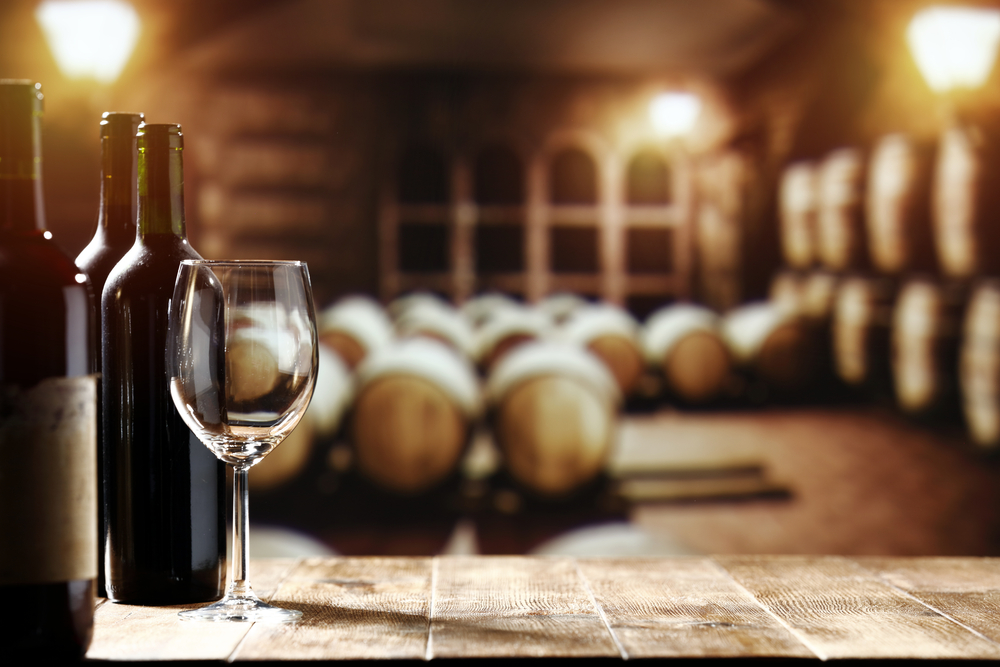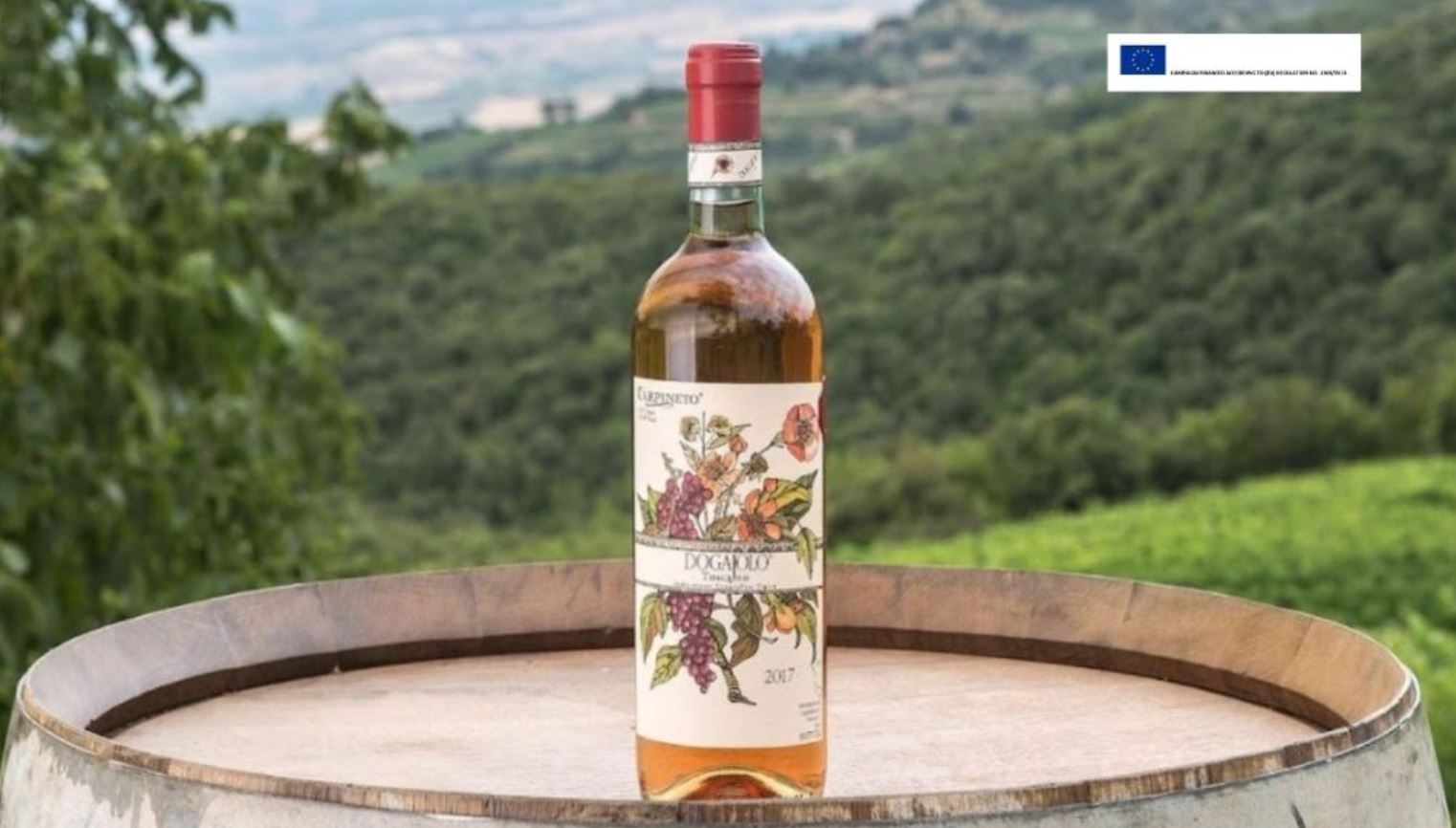We all know words are important, and in the case of wine they often make the difference. In Italy, in particular, there are several vines which are classified under denominations of controlled origin (DOC) and are divided into areas and sub-areas. These dedicated categories are directly associated to the cultivation of a specific grape, methods of processing, winemaking and aging that offer a true world heritage of humanity.
Considering how very precise these terms are, we must know how to distinguish the words we find written on a label as wine lovers and consumers as well. The same wine, such as the Nobile di Montepulciano, can be marketed both in its "basic" version and in Reserve version. What does Reserve mean? A wine can be said to be Reserve when it has aged for at least two years more than its basic version - in the case of red wines - and at least a year longer in the case of whites.
A Reserve wine is therefore a DOC or DOCG wine that follows a specific production and must adhere to strict rules of control and processing in order to maintain its label. The Reserves are refined in wooden barrels – usually a 225-liter barrique - which gives these wines classic tertiary aromas ranging from vanilla to cocoa, from spices to toasted, to licorice, leather and cinnamon. There are also two other terms that we generally find on wines of a certain caliber (and that sometimes can accompany the label of Reserve): Classic and Superior.
When speaking of a Classic wine, we normally speak of a wine produced in the oldest area of the specified territory referenced. The perfect example of this is Chianti, which can be found under the label of Chianti and Chianti Classico. The latter wine is produced in the historic area of Chianti, the one defined in 1716 by the Grand Duke of Tuscany Cosimo III de' Medici, who established the boundaries of production of this famous wine which are still respected today. All bottles produced outside this Chianti area cannot use the title of "Classic", thus contenting themselves with the word "Chianti" only on the label.
When it comes to Superior wines, we are not necessarily speaking of wines that are of greater quality than their basic versions, but of a bottle that has a higher alcohol content by at least one degree compared to the original wine. All three definitions, as mentioned, refer to DOC and DOCG wines (not applicable, therefore, to IGT), which enrich the taste and organoleptic properties.
Considering how very precise these terms are, we must know how to distinguish the words we find written on a label as wine lovers and consumers as well. The same wine, such as the Nobile di Montepulciano, can be marketed both in its "basic" version and in Reserve version. What does Reserve mean? A wine can be said to be Reserve when it has aged for at least two years more than its basic version - in the case of red wines - and at least a year longer in the case of whites.
A Reserve wine is therefore a DOC or DOCG wine that follows a specific production and must adhere to strict rules of control and processing in order to maintain its label. The Reserves are refined in wooden barrels – usually a 225-liter barrique - which gives these wines classic tertiary aromas ranging from vanilla to cocoa, from spices to toasted, to licorice, leather and cinnamon. There are also two other terms that we generally find on wines of a certain caliber (and that sometimes can accompany the label of Reserve): Classic and Superior.
When speaking of a Classic wine, we normally speak of a wine produced in the oldest area of the specified territory referenced. The perfect example of this is Chianti, which can be found under the label of Chianti and Chianti Classico. The latter wine is produced in the historic area of Chianti, the one defined in 1716 by the Grand Duke of Tuscany Cosimo III de' Medici, who established the boundaries of production of this famous wine which are still respected today. All bottles produced outside this Chianti area cannot use the title of "Classic", thus contenting themselves with the word "Chianti" only on the label.
When it comes to Superior wines, we are not necessarily speaking of wines that are of greater quality than their basic versions, but of a bottle that has a higher alcohol content by at least one degree compared to the original wine. All three definitions, as mentioned, refer to DOC and DOCG wines (not applicable, therefore, to IGT), which enrich the taste and organoleptic properties.





